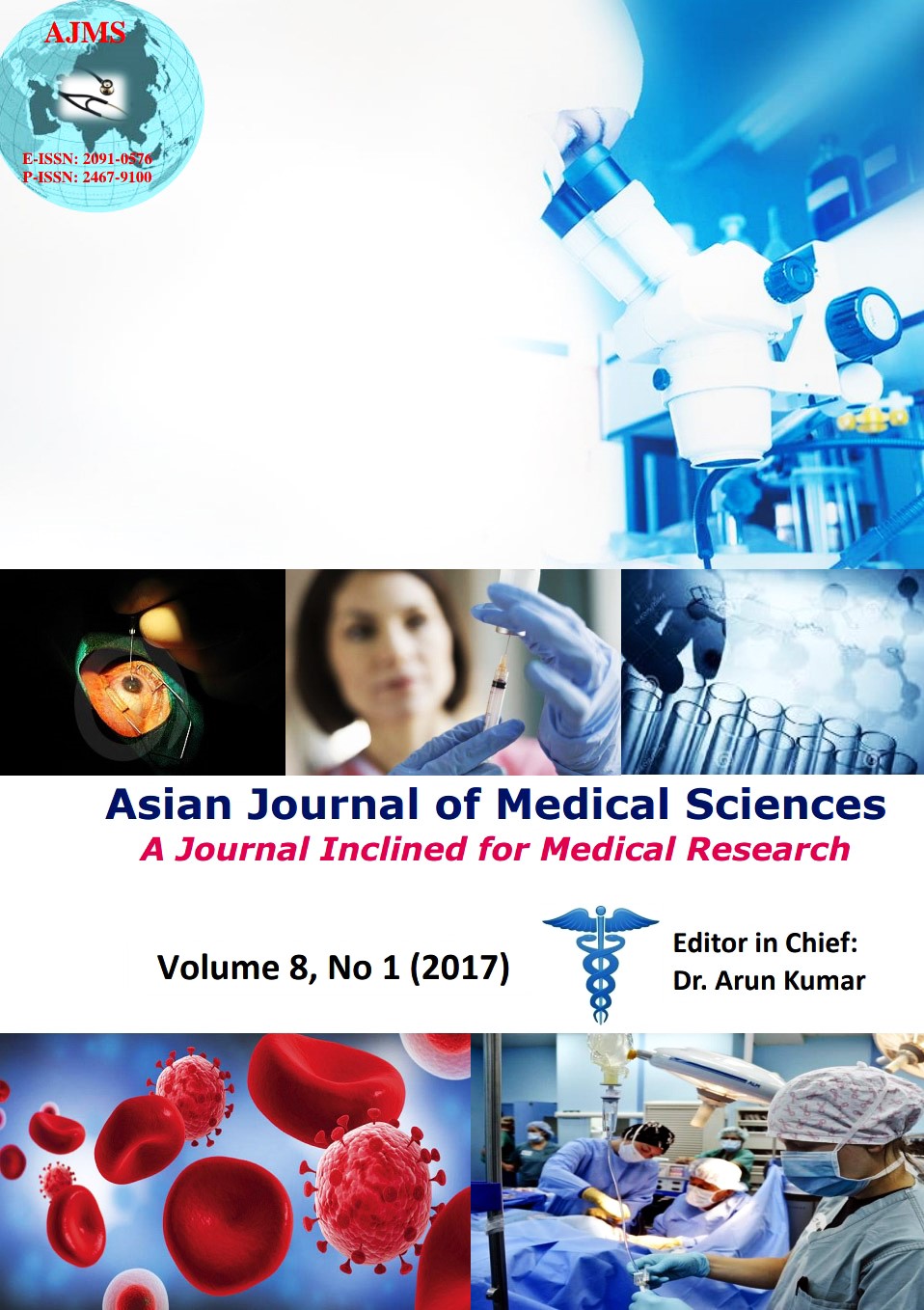Oxidative stress, plasma/salivary antioxidant status detection and health risk factors
Keywords:
Antioxidant, Factor, Oxidative, Plasma, Stress, Risk, Test, SalivaAbstract
Background: Oxidative stress is involved in the pathophysiology of several diseases such as cardiovascular disorders, cancer, neurodegeneration.
Aims and Objectives: Our study evaluated the oxidant/antioxidant status on a cohort of healthy patients matched with some independent variables as a basic individual redox balance monitor on a disease-prevention perspective.
Materials and Methods: The anecdotic, retrospective and observational study included 200 apparently healthy volunteers after formal informed consent release whose personal history and physical examination had been recorded specifically on the following items: age, previous diseases, sport activities, smoking habit, balanced/unbalanced nutrition, current absence/presence of inflammatory processes, oral health hygiene, administration of oral contraceptives or hormone replacement therapy in postmenopausal women. No drug treatment was admitted in the recruited patients, up to 6 months before the evaluation. The laboratory instruments used were Point of care FRAS 4 Evolvo (H&D, Parma, Italy) measuring the oxidative stress in plasma samples and antioxidant capacity in plasma and saliva samples.
Results: Two-hundred patients were recruited. Statistically relevant differences were observed in oxidative stress-related variables, namely a significant relationship between plasma oxidative stress level and female gender (p<0.01), between saliva antioxidant level and age (p=0.01), between plasma antioxidant level and unbalanced diet (p<0.01), between plasma oxidative stress level and inflammation in the oral cavity (p=0.04), and between saliva antioxidant level and inflammation in the oral cavity (p<0.01).
Conclusions: A relationship between oxidative/antioxidant status and health risk factors has been outlined in our study; the achieved data are quite helpful, in the clinical practice, providing additional information on individual general health conditions, putatively related to prevention diagnosis, prognosis, and treatment effectiveness in some specific diseases.
Asian Journal of Medical Sciences Vol.8(1) 2017 32-41
Downloads
Downloads
Published
How to Cite
Issue
Section
License
Authors who publish with this journal agree to the following terms:
- The journal holds copyright and publishes the work under a Creative Commons CC-BY-NC license that permits use, distribution and reprduction in any medium, provided the original work is properly cited and is not used for commercial purposes. The journal should be recognised as the original publisher of this work.
- Authors are able to enter into separate, additional contractual arrangements for the non-exclusive distribution of the journal's published version of the work (e.g., post it to an institutional repository or publish it in a book), with an acknowledgement of its initial publication in this journal.
- Authors are permitted and encouraged to post their work online (e.g., in institutional repositories or on their website) prior to and during the submission process, as it can lead to productive exchanges, as well as earlier and greater citation of published work (See The Effect of Open Access).




